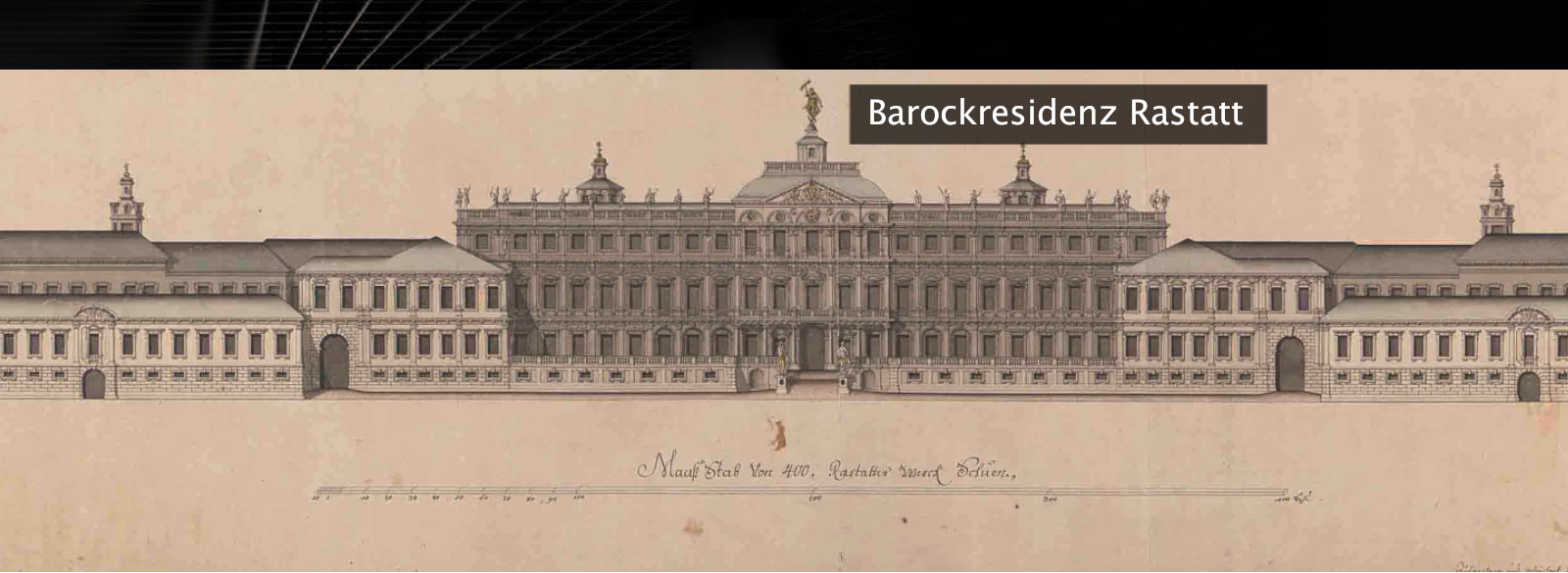Fibronectin anchoring to viscoelastic poly(dimethylsiloxane) elastomers controls fibroblast mechanosensing and directional motility Dimitris Missirlis, Lara Heckmann, Tamás Haraszti, Joachim P. Spatz
| Erscheinungsform: | Aufsatz |
| Autor/Urheber: | |
| Beteiligte: | |
| Umfang: | 11 |
| Anmerkungen: | Gesehen am 07.09.2022 |
| Identifikatoren/Sonstige Nummern: | 1815997400 [PPN] |
| In: | Amsterdam [u.a.] : Elsevier Science, 1980 287(2022), Artikel-ID 121646, Seite 1-11 volume:287 year:2022 elocationid:121646 pages:1-11 extent:11 |
| Inhalt: | - The established link between deregulated tissue mechanics and various pathological states calls for the elucidation of the processes through which cells interrogate and interpret the mechanical properties of their microenvironment. In this work, we demonstrate that changes in the presentation of the extracellular matrix protein fibronectin on the surface of viscoelastic silicone elastomers have an overarching effect on cell mechanosensing, that is independent of bulk mechanics. Reduction of surface hydrophilicity resulted in altered fibronectin adsorption strength as monitored using atomic force microscopy imaging and pulling experiments. Consequently, primary human fibroblasts were able to remodel the fibronectin coating, adopt a polarized phenotype and migrate directionally even on soft elastomers, that otherwise were not able to resist the applied traction forces. The findings presented here provide valuable insight on how cellular forces are regulated by ligand presentation and used by cells to probe their mechanical environment, and have implications on biomaterial design for cell guidance.
|
| URL: | https://doi.org/10.1016/j.biomaterials.2022.121646 |
| Weiter im Partnersystem: | https://swb.bsz-bw.de/DB=2.1/PPNSET?PPN=1815997400 |
















 leobw
leobw